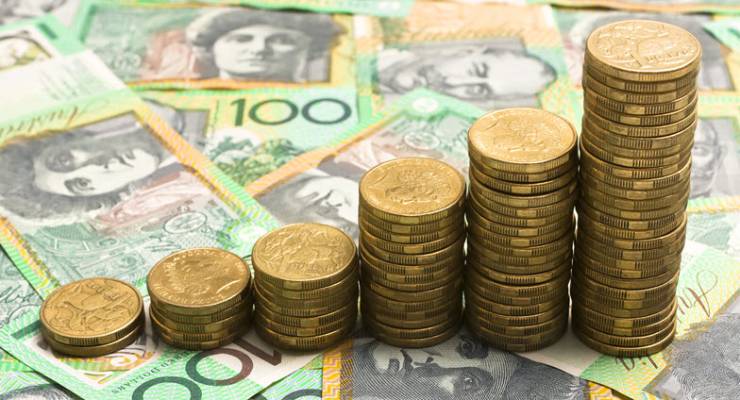
There was absolutely nothing for the interest rate warriors and worriers in yesterday’s September quarter Consumer Price Index, which was subdued at 1.9%, just as Reserve Bank Governor Phil Lowe had forecast previously.
“In the interim, once-off declines in some administered prices in the September quarter are expected to result in headline inflation in 2018 being a little lower than earlier expected, at one and three quarter per cent,” Lowe said in August.
In fact, the easing in the rate of price growth made a mockery, once again, of the clique of inflation/interest rate hawks at the Australian Financial Review, with their off-and-on demands for the Reserve Bank to start lifting interest rates, simply because the Fed is doing so and the European Central bank will start ending its easing at the end of this year.
They continue to forget that, as we saw yesterday, the Bank of Japan is not ending its huge easing program, while the People’s Bank of China is stepping up easing its monetary policy and driving its currency down to 10 year lows (as happened with the yuan on Tuesday).
The September quarter Consumer Price Index came in low because of smaller than forecast rises in government charges, such as child care costs, housing and rent costs and electricity prices, despite a jump in fuel costs. The outcome was a smidge higher than the RBA forecast — according to the Australian Bureau of Statistics said the CPI was up 1.9% in the year to September, down from the 2.1% reported for the year to June. Inflation in the September quarter was unchanged from the June quarter rise of 0.4%.
“Modest rises in housing costs, including rents, utilities and property rates, and a fall in child care out-of-pocket expenses, saw a subdued rise in the CPI this quarter,” Bruce Hockman, ABS chief economist, said in yesterday’s statement from the Bureau. The ABS said the “most significant rises this quarter are international holiday travel and accommodation (+4.3%), tobacco (+1.8 %), property rates and charges (+2.3%), automotive fuel (+1.4%) and fruit (+2.4%). The rise is partially offset by falls in child care (-11.8%) and telecommunications equipment and services (-1.5%).” Child care costs fell following the introduction of the Child Care Subsidy on July 2, which replaced the Child Care Rebate and Child Care Benefit.
Economists, led by the AMP’s chief economist, Dr Shane Oliver said there was nothing in the report so far as the timing of the next interest rate move.
“The September quarter inflation data confirms yet again that pricing power remains very weak and inflation is continuing to run around or just below the RBA’s 2-3% target band,” he said in a note on Wednesday afternoon. “There are no signs of any near-term significant price pressures in Australia, particularly with subdued wages growth and competition and technological innovation remaining intense.
“We remain of the view that the RBA won’t raise interest rates until late 2020 at the earliest and given the weakness in inflation, wages and the Sydney and Melbourne housing markets along with the uncertain outlook for consumer spending the next move being a rate cut cannot be ruled out,“ Oliver said. Economists from UBS shared Oliver’s belief that the bank won’t move on rates until 2020.








I have been thinking about the consequences of zero interest rates. Such an event will have “interesting” consequences for exchange rates
and the economy will become almost cashless overnight. Debt will soar which is just what the big end of town would, not so much like but, enjoy.
Of course, if there was ever to be a day of reckoning we would be standing (or rather squatting) knee-deep in it.